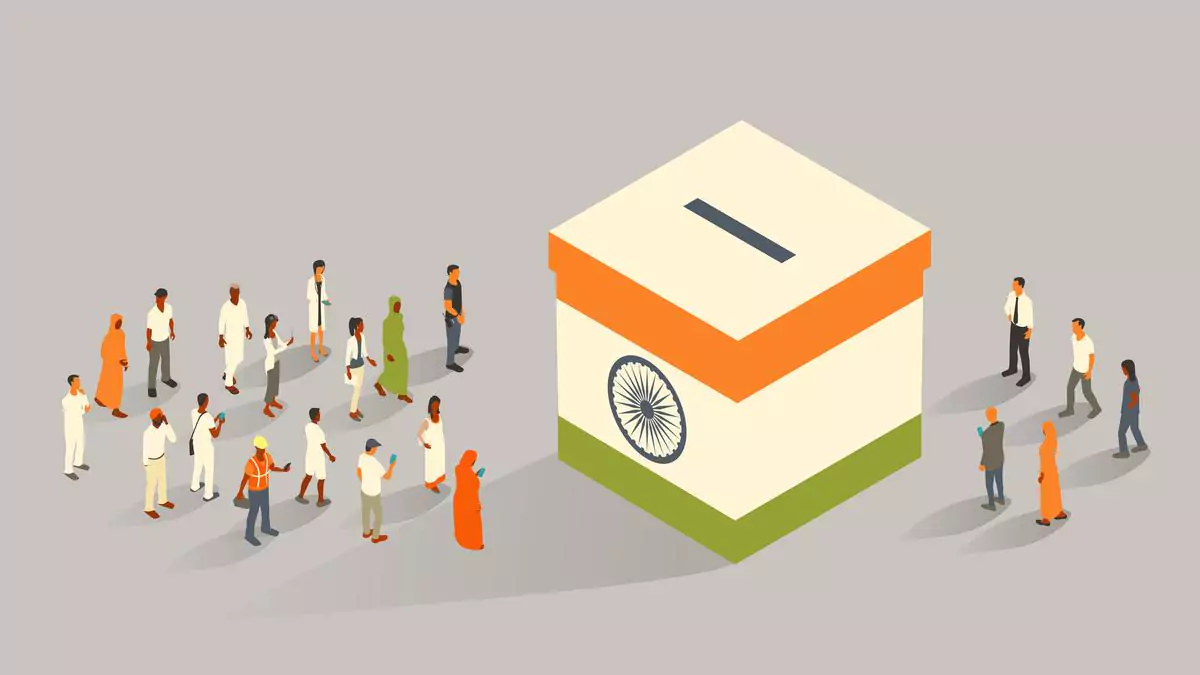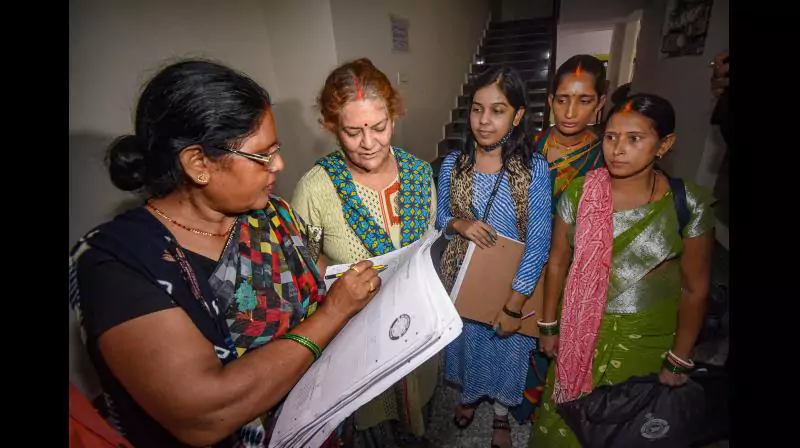Delimitation and Census in India (2025)
The upcoming Census of India (2025) and the subsequent Delimitation Exercise (2026) represent one of the most critical political and constitutional turning points in India's post-independence history. The census, delayed from 2021 due to the COVID-19 pandemic, will provide the demographic foundation for the next round of delimitation — the first since 1976. This process could fundamentally reshape India's political representation, federal structure, economic planning, and social equity.
This comprehensive report covers:The legal and constitutional framework of
delimitationPolitical implications (reallocation of seats and regional power
shifts)Economic consequences (resource allocation and development)
Social and demographic impact (migration, urbanization, and cultural shifts)
Challenges and strategic recommendations for governance and policy
Understanding Census and Delimitation in India
- Census of India
- The Census of India is conducted every 10 years under the Census Act, 1948.
- The 2021 Census was delayed due to the pandemic and will now take place in 2025.
- The census provides essential data for:Population size and density
Literacy and education levelsOccupation and employment trends
Housing, sanitation, and infrastructureLanguage, caste, and religion demographics
The data from the 2025 Census will directly influence the delimitation process, resource distribution, and political representation for the next decade.
- Delimitation Exercise
- Delimitation refers to the process of redrawing the boundaries of parliamentary and state legislative constituencies based on updated population data.
- The objective is to ensure equitable representation based on population size and demographic shifts.
- Governed by:Article 82 → Parliament enacts a Delimitation Act after every census.Delimitation Commission → Constituted under the Delimitation Act to carry out the process.
Historical Background
- Delimitation conducted:1952 (based on 1951 Census)
1962 (based on 1961 Census)1972 (based on 1971 Census)2002 – Based on 1971 Census but seat distribution was frozen due to the 42nd Amendment (1976).
Constitutional Freeze:
- The 42nd Amendment (1976) froze the number of Lok Sabha and state assembly seats until after 2026 to avoid penalizing states that controlled population growth through family planning.
- The 2025 Census will provide the basis for the first full delimitation exercise in over 50 years.
Timeline of Key Events
| Event | Year | Details |
| Census Planning and Pilot Surveys | 2024 | Ongoing testing and sampling in selected districts. |
| Nationwide Census of India | 2025 | Data collection to begin in March 2025. |
| Publication of Census Results | Early 2026 | Final census results expected by March 2026. |
| Delimitation Commission Formation | Mid-2026 | Commission to be formed under the Election Commission of India. |
| Completion of Delimitation | 2027–2028 | New constituencies to be in place for the 2029 Lok Sabha elections. |
Political Implications of Delimitation
- Redistribution of Lok Sabha Seats
- Lok Sabha currently has 543 seats.
- Population growth rates differ widely between northern and southern states.
- Northern states (e.g., Uttar Pradesh, Bihar, Madhya Pradesh) have higher population growth, while southern states (e.g., Kerala, Tamil Nadu, Karnataka) have stabilized due to effective family planning and higher literacy.
- Political Tensions Between North and South
- Southern states argue that they are being penalized for successful population control.
- Increased political dominance of Hindi-speaking states could reduce political influence of non-Hindi-speaking regions.
- Could lead to renewed demands for fiscal federalism and greater autonomy for southern states.
- Federal Structure and Political Balance
- Hindi-speaking states could dominate national policies and resource allocation.
- Political parties like BJP and Congress may need to revise electoral strategies based on the new distribution of seats.

Projected Change in Lok Sabha Seats (Post-2026 Delimitation):
| State | Current Seats | Projected Seats (Post-2026) | Change |
| Uttar Pradesh | 80 | 105–110 | +25 to +30 |
| Bihar | 40 | 50–55 | +10 to +15 |
| Madhya Pradesh | 29 | 37–40 | +8 to +10 |
| Tamil Nadu | 39 | 36–38 | -1 to -3 |
| Kerala | 20 | 18–19 | -1 to -2 |
| Maharashtra | 48 | 52–55 | +4 to +7 |
Economic Implications
- Resource Allocation and Fiscal Federalism
- The Finance Commission allocates central funds based on population data.
- Higher population in northern states could result in:Higher tax devolution to states like Uttar Pradesh and Bihar.Reduced central funding for southern states despite higher contribution to GDP.
- Infrastructure and Development
- Northern states could receive increased funding for:Public infrastructureEducation and healthcareFood security and social welfare
Economic disparity between north and south could widen.
Social and Demographic Impact
- Population Growth and Migration
- Northern states continue to experience higher fertility rates.
- Southern states have already reached replacement levels of fertility.
- Urbanization expected to rise, with over 50% of Indians living in urban areas by 2030.
- Urbanization and Infrastructure Pressure
- Census data expected to show a sharp rise in rural-to-urban migration.
- Major urban centers like Mumbai, Delhi, Bangalore, and Hyderabad will need increased investment in housing, sanitation, and transport infrastructure.
- Language and Cultural Impact
- Increased dominance of Hindi-speaking states could lead to policy shifts favoring Hindi in national administration and media.
- Possible resistance from southern and northeastern states over linguistic and cultural identity.
Challenges and Risks
- Political Instability and Backlash
- Southern states could challenge seat redistribution in the Supreme Court.
- Political protests and demands for greater federal autonomy.
- Census Accuracy and Transparency
- Inadequate technology and training may affect data accuracy.
- Fear of data manipulation for political gain.
- Federalism and Constitutional Tensions
- Northern dominance in Parliament could affect decision-making in key national issues (e.g., taxation, defense, social welfare).
Strategic Takeaways
- Delimitation will fundamentally alter India’s political map for the next 50 years.
- Northern states are poised to gain political and economic dominance.
- Southern states may seek greater fiscal autonomy and constitutional protection.
- Political volatility and inter-state tensions could increase.
- Census data will reshape national planning and development priorities.
The 2025 Census and 2026 Delimitation represent the most significant political and constitutional shifts in India since Independence. The redistribution of seats will empower populous northern states while potentially reducing the influence of more economically advanced southern states. The outcome of this process will redefine India's political landscape, resource distribution, and federal structure for the next five decades.













